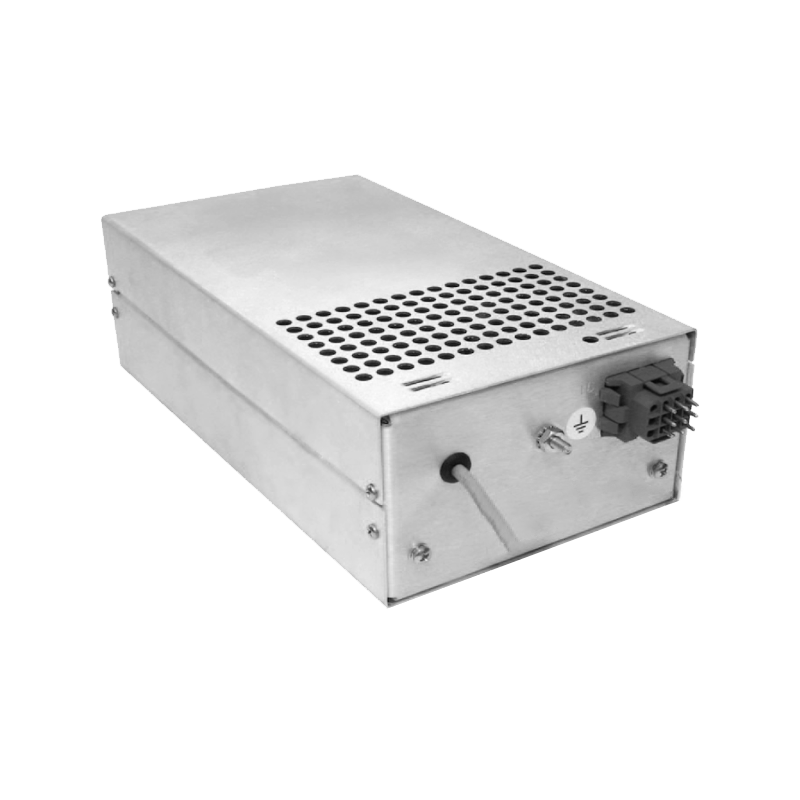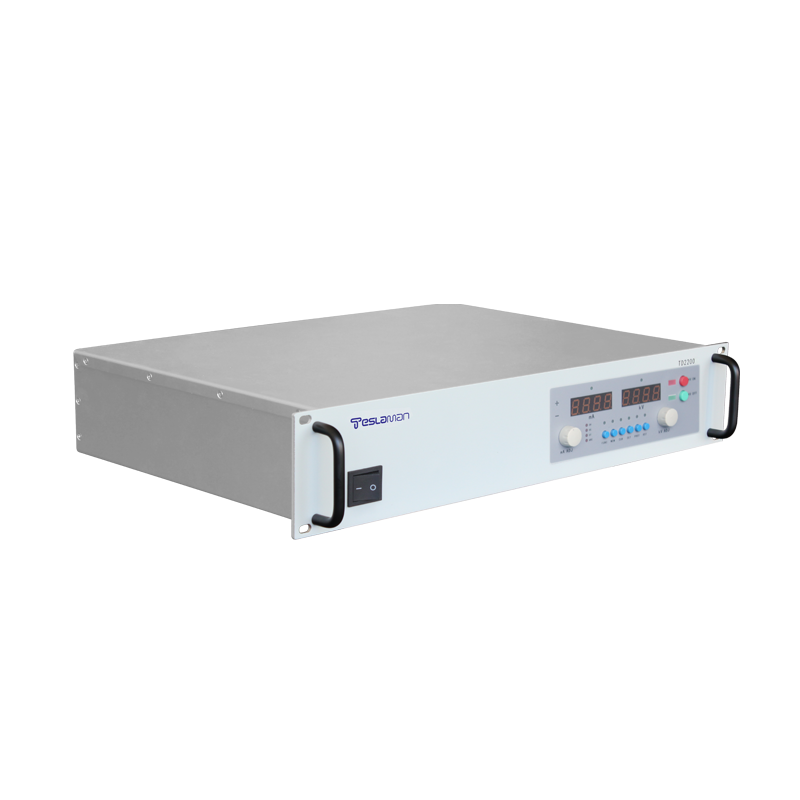High-Voltage Measurement Power Supply: Sensor Integration and Measurement Data Fusion
High-voltage measurement systems are widely used in power equipment testing, plasma experiments, and vacuum electronics research, where measurement accuracy depends on both instrumentation sensitivity and power supply stability. Traditional systems often measure voltage, current, and environmental parameters separately, making real-time compensation difficult. Modern high-voltage measurement supplies integrate multiple sensors and data fusion techniques to achieve high-precision, dynamic measurement.
The system incorporates voltage dividers, Hall-effect current sensors, temperature and humidity sensors, and insulation status monitors directly into the high-voltage supply. Synchronized high-speed ADC sampling captures all parameters simultaneously with nanosecond resolution, enabling temporal alignment of electrical and environmental data. A Kalman filter or adaptive data fusion algorithm processes multi-channel signals, reducing noise and estimating true instantaneous voltage and current.
The fused data feeds into the power supply’s digital control loop, allowing dynamic adjustment of PWM duty cycle or voltage setpoints to compensate for drift caused by temperature, insulation variations, or load transients. Harmonic analysis of current signals can identify arcing or leakage events, triggering protective responses.
Advanced systems also implement intelligent diagnostics. Machine learning models analyze the high-dimensional fused data to predict system health, detect sensor anomalies, and assess measurement reliability in real time. By integrating sensors, digital control, and data fusion, this approach improves both measurement accuracy and operational safety, enabling high-voltage testing in complex and variable environments.




















